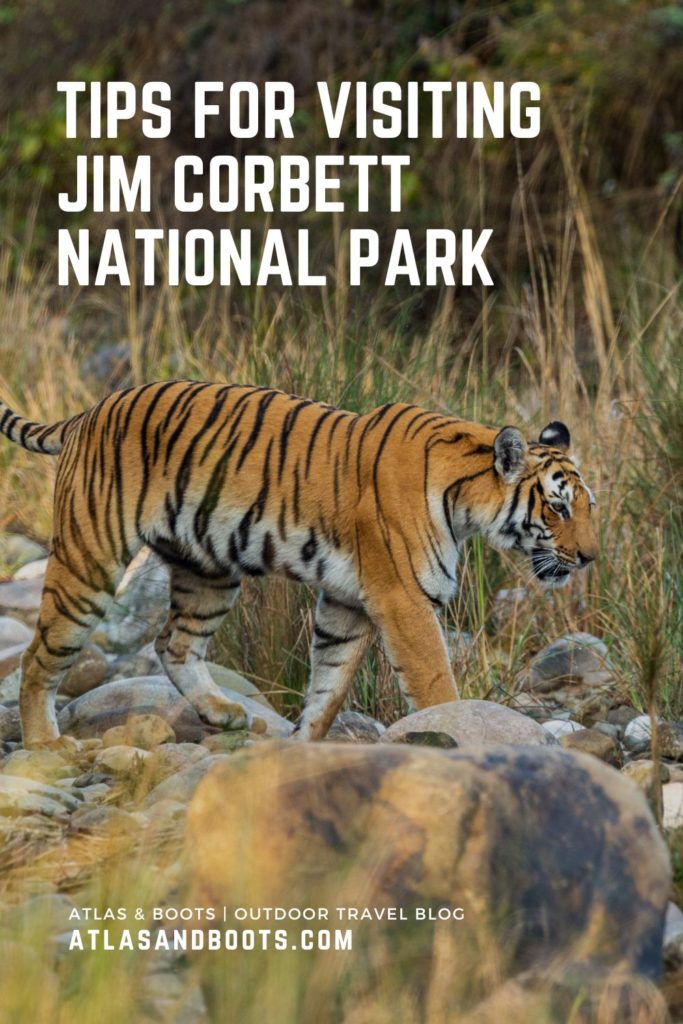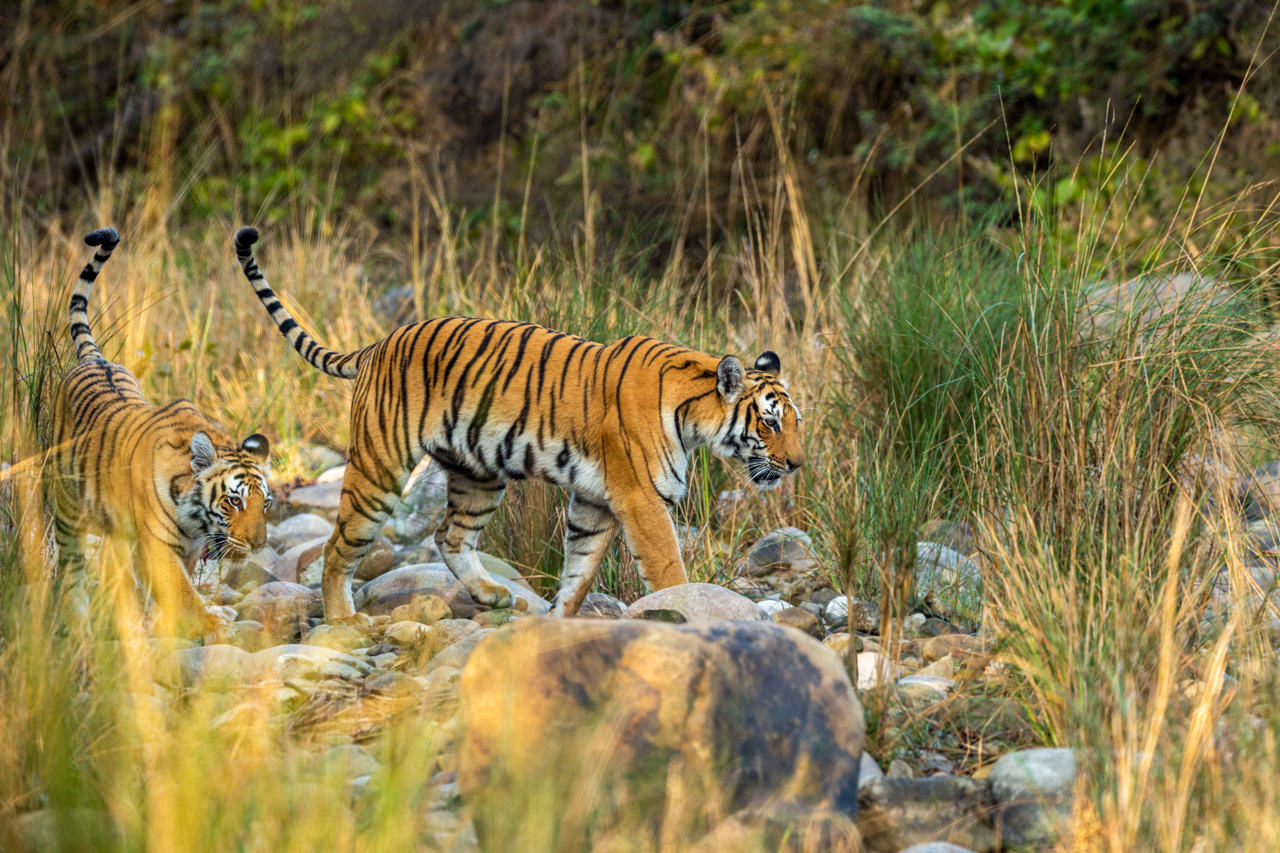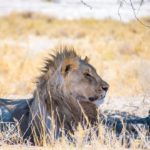Our essential tips for visiting Jim Corbett National Park, India’s legendary tiger reserve in the foothills of the Himalayas
The state of Uttarakhand in India, bordering China and Nepal, takes its name from the Sanskrit words uttara meaning ‘north’ and khaṇḍa meaning ‘land’. To Hindus, it’s known as Devbhoomi – the land of the gods – because of its cluster of high-altitude shrines shrouded in mist.
It is this convergence of spectacular natural landscapes and ancient mysticism that makes the northern land so appealing. Breathtaking pilgrimage sites and images of Shiva and Parvati are nestled in the folds of sacred peaks – including Nanda Devi, India’s second-highest mountain and the highest located entirely within its borders. Below the snowline, glistening mountain lakes, raging rivers and shrouds of thick jungle adorn the slopes.
It is this jungle that is a haven for the vast majority of the state’s renowned wildlife, particularly one of the world’s most iconic mammals, the Royal Bengal Tiger. Our tried-and-tested tips for visiting Jim Corbett National Park will give you the best chance of spotting these elusive creatures.
Jim Corbett National Park
India has 75% of the world’s wild tiger population with 3,682 recorded in the latest survey. Uttarakhand is home to around 560 of the big cats and, as such, offers one of the best chances to see these majestic animals in the wild.
Jim Corbett National Park in the Kumaon Hills of Uttarakhand is India’s oldest national park and its most legendary. It was established in 1936 initially as Hailey National Park and then Ramganga National Park until it was renamed in 1957 after famed tiger-hunter turned naturalist Jim Corbett, who put the region on the map with his 1944 book, Man-Eaters of Kumaon.
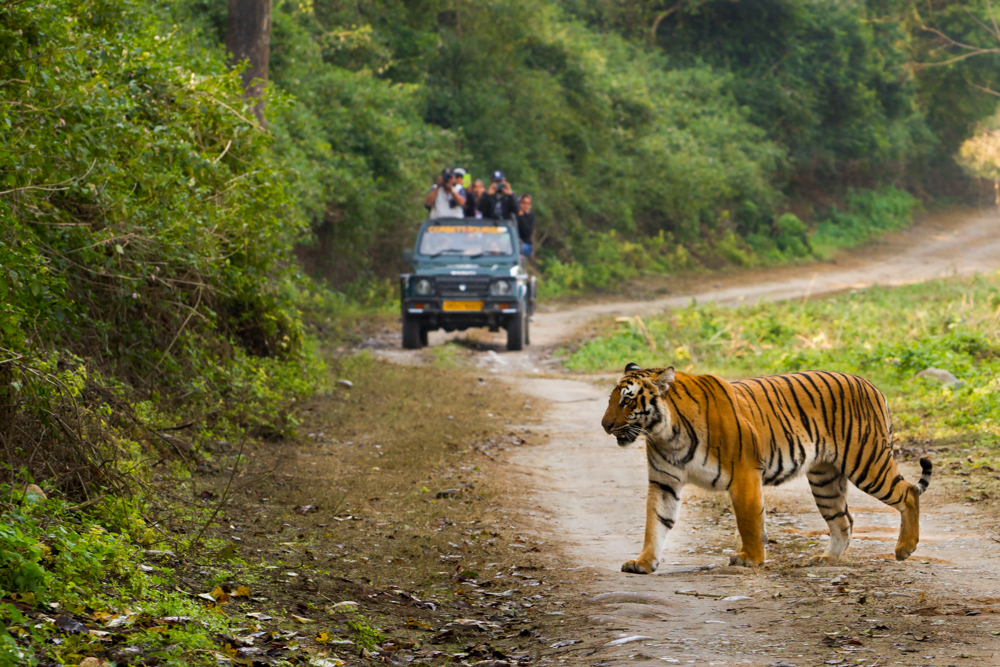
The Indian-born British soldier famously hunted several man-eating tigers and leopards in the subcontinent during the early 19th century. Later in his life, Corbett pivoted to conservationism and was instrumental in establishing India’s first national park which would later be renamed in his honour.
Around 260 tigers – up from 231 in 2020 – call the forests, marshes and grasslands of Jim Corbett home. There are also Indian elephants, mongoose, leopards, sloths, bears and deer here. While the woodland area is typically dense, there are swathes of open grassland and riverbeds where wildlife is easier to spot.
Tips for visiting Jim Corbett National Park
To help you with your visit, we’ve put together the following tips for visiting Jim Corbett National Park.
1. Do stay in the national park
Jim Corbett is one of the few tiger reserves in India that permits overnight stays within the park. To maximise time and increase your opportunities for spotting wildlife, particularly the park’s most elusive animal, the Bengal Tiger, we recommend staying in the park.
We stayed in Saraca Corbett, a five-star resort located in the heart of the national park. The hotel is a 10-minute drive from Dhikala gate and 30 minutes from both Bijrani and Garjiya gates. Set amidst lush grounds, the hotel has a superb restaurant (which makes use of the on-site organic garden), a seasonal outdoor swimming pool and a cycling/walking trail that circles the property.
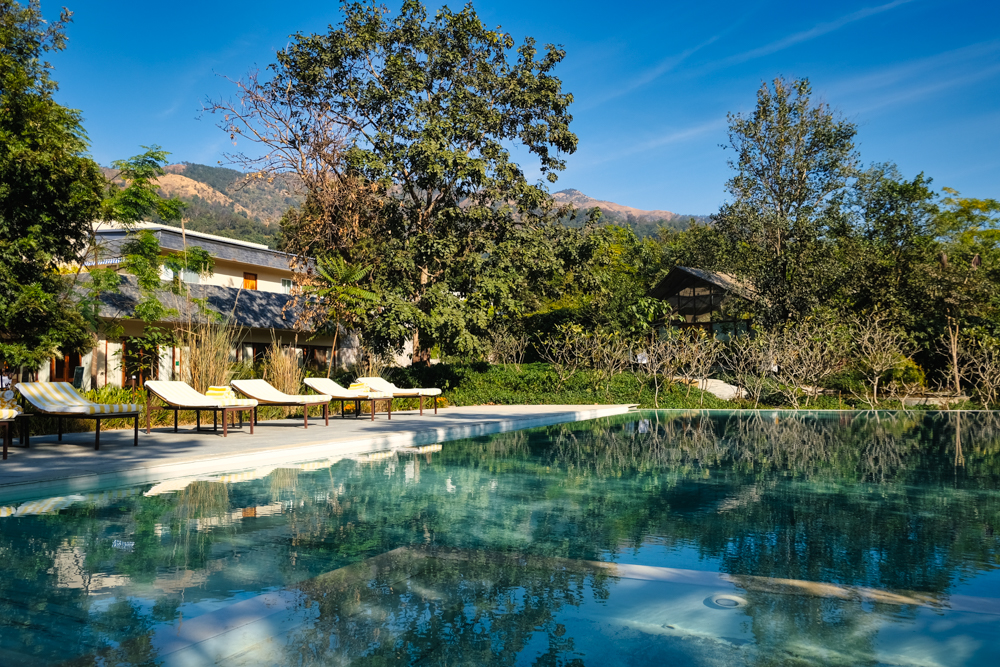

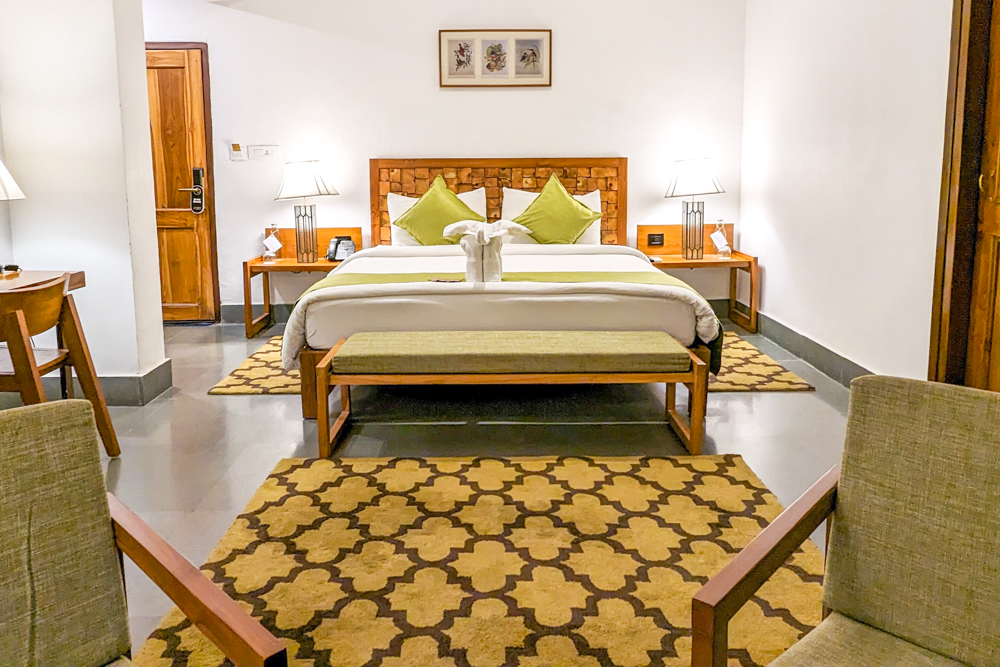
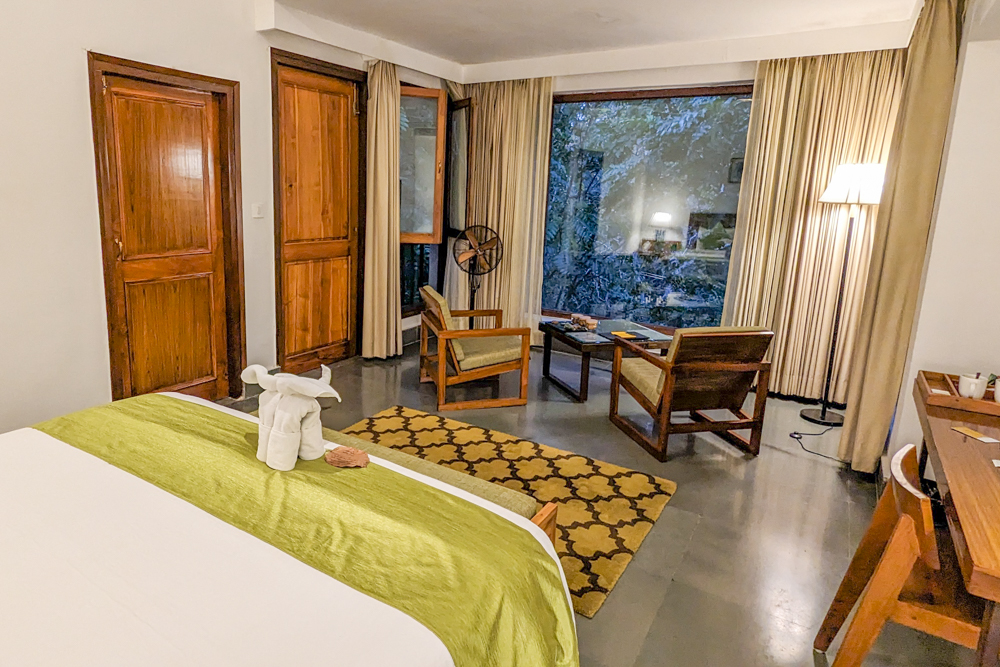
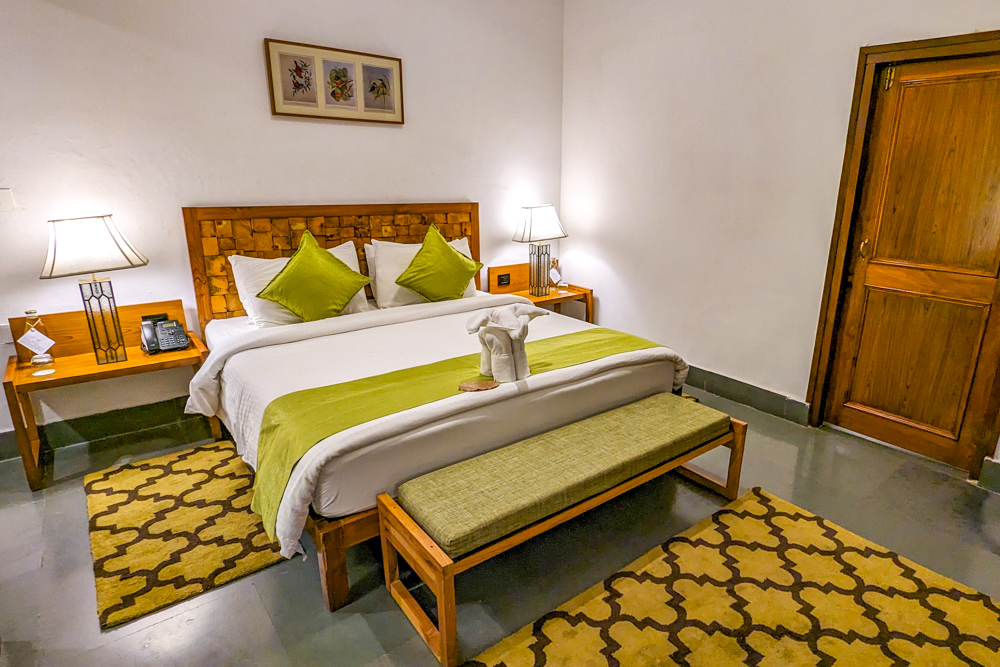
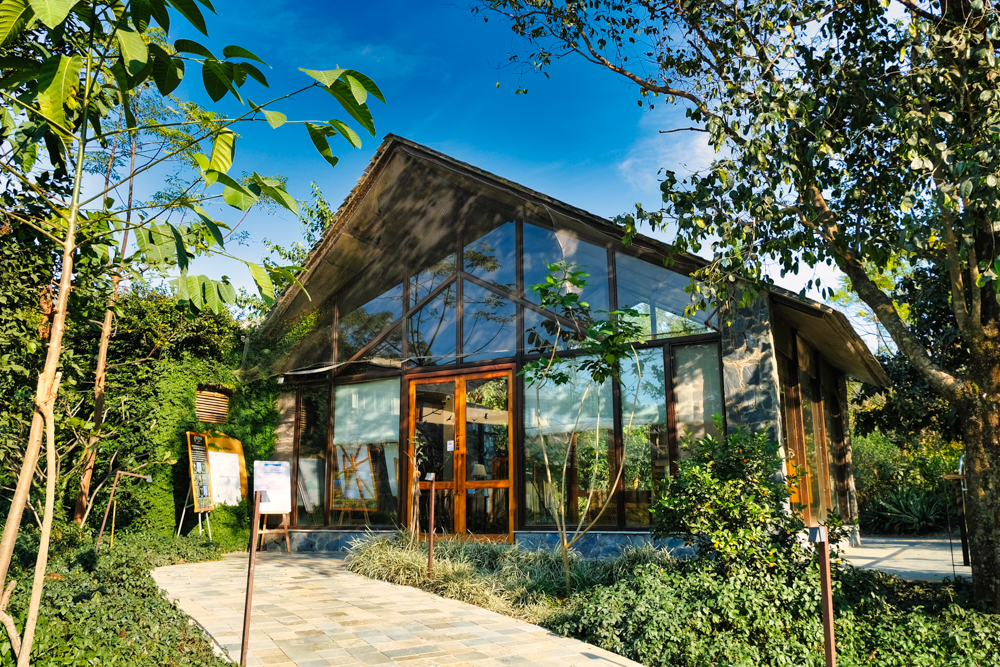
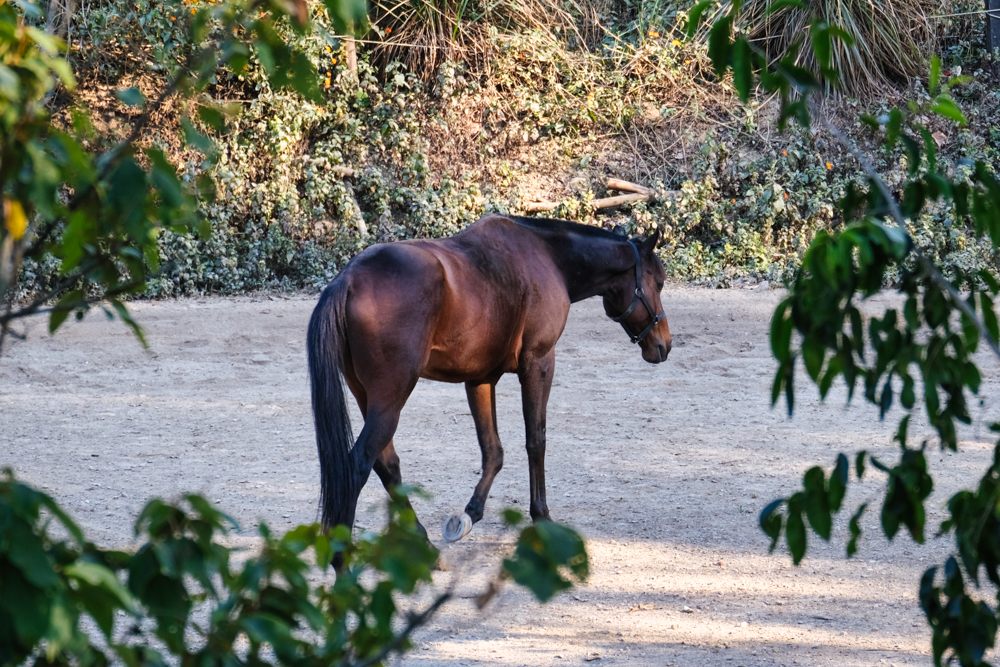
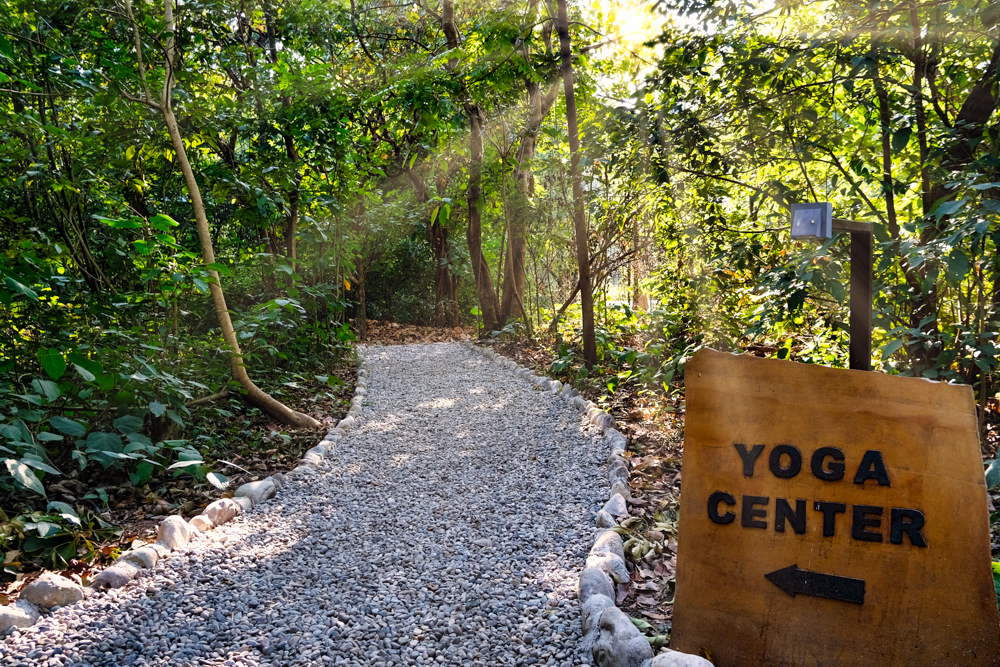
Atlas & Boots
Saraca Corbett in Jim Corbett National Park
The hotel is dog-friendly and keeps several sociable pooches on-site. There are also horses roaming a paddock and the surrounding jungle has an abundance of bird life flitting around the canopy.
2. Do book multiple safaris
To give yourself the best chance of spotting wildlife, we advise booking at least three to four safaris spread throughout your stay (we recommend at least three nights/four days). Safaris depart twice a day: in the mornings (6am-10am) and the afternoons (2pm-6pm). Generally, wildlife is more active during early morning and late afternoon.
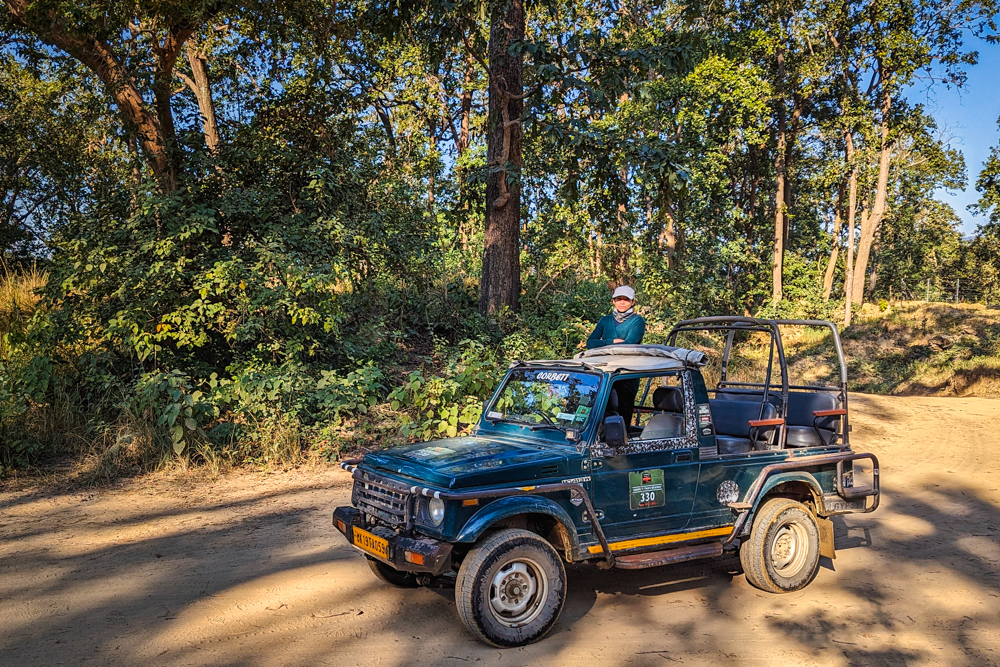
The park offers Jeep (up to six people) and canter (up to 16 people) safaris in five different zones which spread vehicles evenly throughout the park. However, you can book private vehicles (recommended) for an additional cost through your hotel.
3. But Don’t book back-to-back safaris
Wildlife watching is thrilling but also requires concentration and can be draining. As such, we don’t recommend booking multiple safaris on the same day as each drive lasts between four to five hours once you include the transfers to and from the gates.
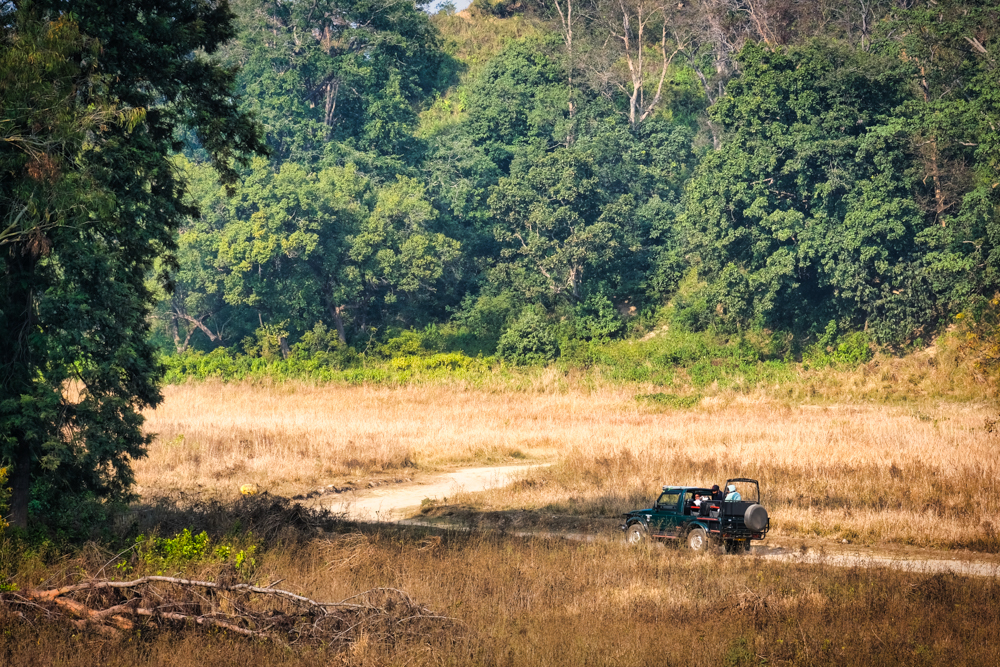
Cramming multiple safaris into your stay can become exhausting and means you don’t get to enjoy some of the other activities on offer in the park (see below).
Instead, it’s best to book a mix of morning and afternoon safaris, alternating between time slots on different days. This will give you the best chance of seeing wildlife without taking the joy out of your drives.
4. Don’t go in the winter
The best time to spot tigers is during India’s early summer between March and June. During the hotter months, the foliage is not as dense and the tigers are drawn into the open in search of water, making them easier to spot.
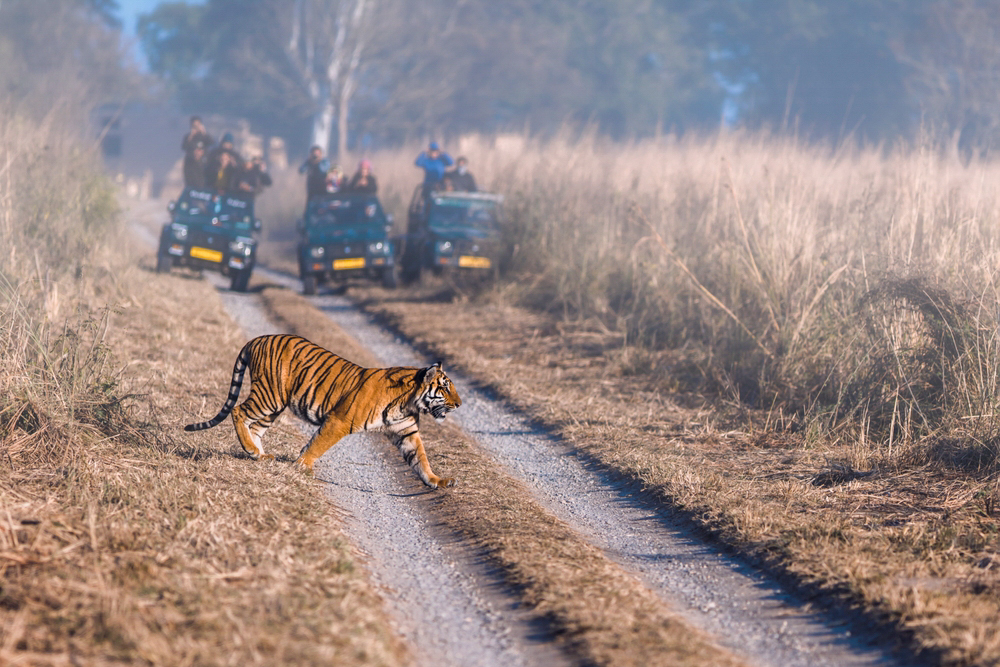
During the winter months, it is harder to spot wildlife in the thicker woodland. This gets even harder immediately after the monsoon – which runs from July to September – when the vegetation is at its densest, meaning that the only likely way of spotting a tiger is if it comes out onto the road or visits a riverbed.
From November to February, mammal sightings are much harder but it is the ideal time for spotting migratory birds such as ibisbill, ruddy shelducks and storks.
5. But Do still wrap up warm
We were taken aback by just how cold the region was in the early morning and late afternoon. It shouldn’t have come as a surprise considering Jim Corbett is located in the foothills of the highest mountain range on Earth!
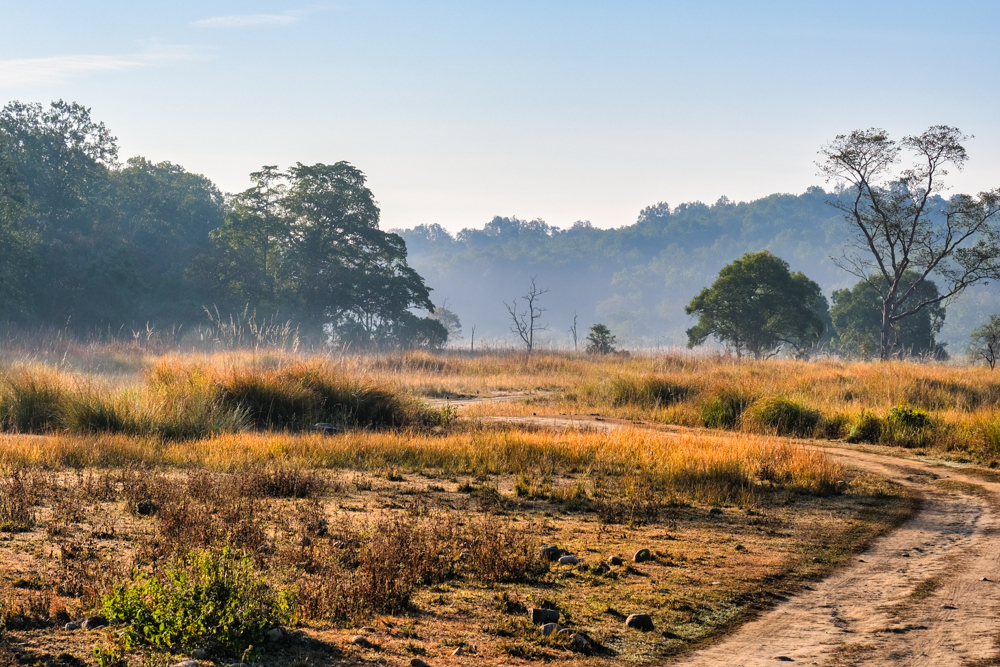
What’s more, the safari vehicles are open-sided and open-roofed so provide little shelter from the elements. As such, make sure you pack plenty of warm clothing including a beanie, neck buff, gloves and multiple layers to put on.
6. Do wear sunscreen
Despite the cold, expect the sun to be fierce at any time of year. While a considerable part of your day will be under the shade of the jungle canopy, you will also spend plenty of time in the exposed grasslands. Wear plenty of sunscreen – and ideally a sunhat.
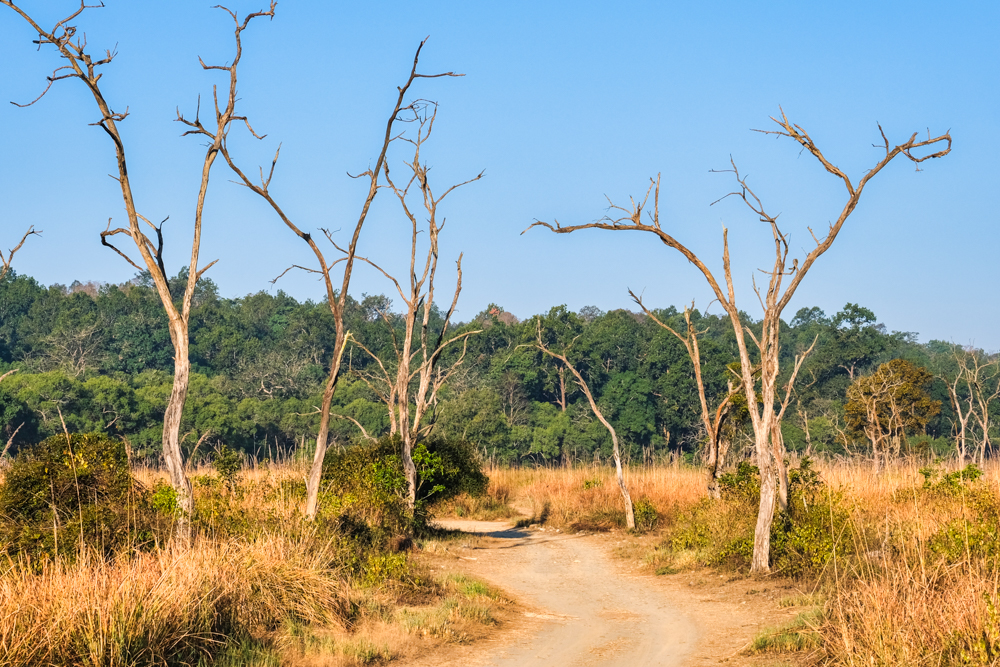
7. Don’t forget mosquito repellent
During the colder months, mosquitos won’t be as much of a nuisance but during the summer, particularly around the waterholes, they can descend en masse.
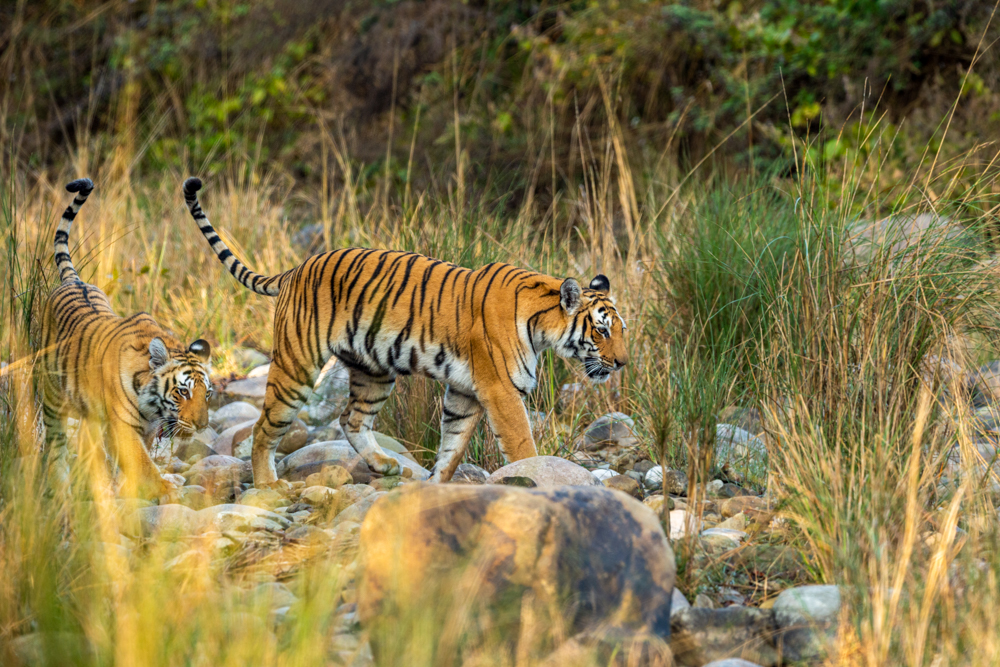
Pack plenty of DEET and consider wearing long-sleeved tops to keep the critters at bay. By late morning, once the sun is out, they will mostly clear off for a few hours, only to return at dusk. This is the jungle after all.
8. Do visit several zones
Jim Corbett has eight zones which are fully operational from 15 November to 15 June, while some zones, such as Jhirna and Dhela, are open year-round. The best zones for sightings (in order) are Garjiya, Bijrani, Jhirna, Dhela and Durga Devi.
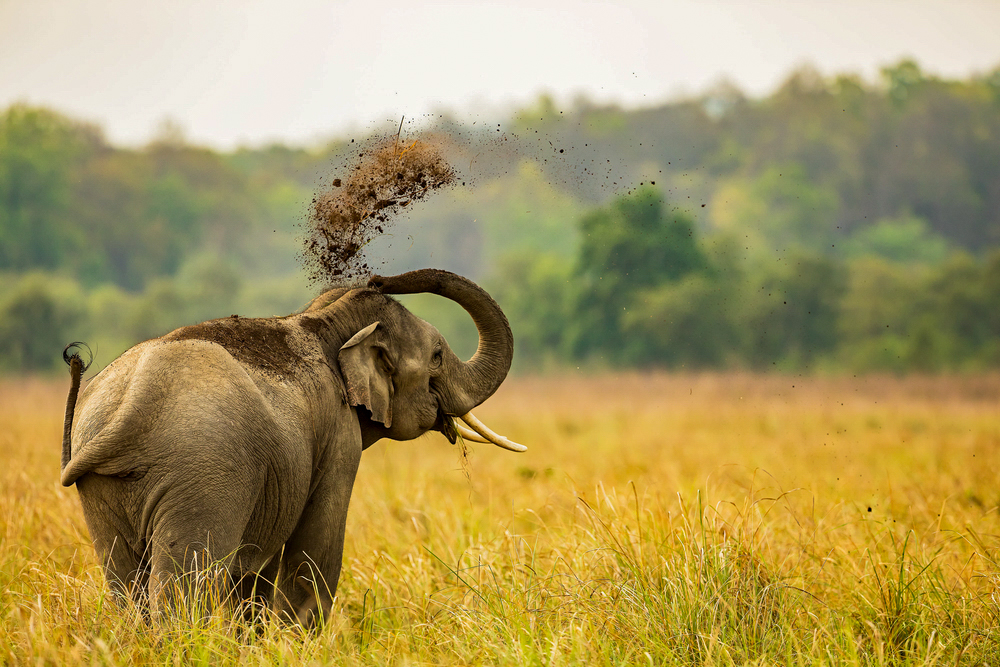
Durga Devi Zone is significantly hillier and steeper and is considered best for birdwatching while Dhikala Zone is known for its extensive grasslands that attract deer, bears and tigers. However, Dhikala is only accessible via 16-seater canters. If you want to drive it by Jeep, you must book a night at a lodge inside the Dhikala zone.
9. Don’t forget about the other wildlife
It’s easy to get hung up on seeing tigers. However, it’s also worth remembering that tigers are elusive for good reason. They will typically travel 10 to 20 kilometres during a night’s hunting while, during the day, their stripes act as camouflage, allowing them to blend in with their surroundings so they can stalk and ambush their prey.
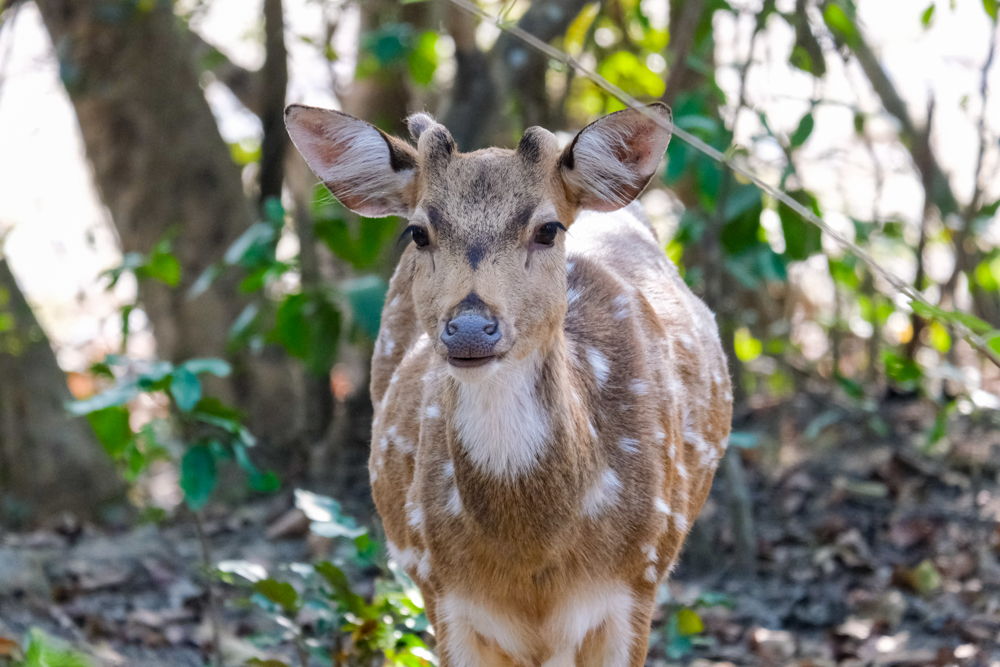
You should, instead, approach your visit knowing that no matter how many game drives you go on, you may not spot any tigers. As such, try to make the most of the other wildlife on offer. Jim Corbett is home to over 600 bird species and 50 mammal species including elephants, langur monkeys, leopards, sloth bears, spotted and barking deer and gharials (fish-eating crocodiles). All of them are worth your attention.
10. Do make use of toilet stops
Once through the gates, toilet stops are a rarity. Zones usually have a ranger station where toilets may be available and some of the zones have lookout towers or lodgings with restrooms. But none of these can be relied on.
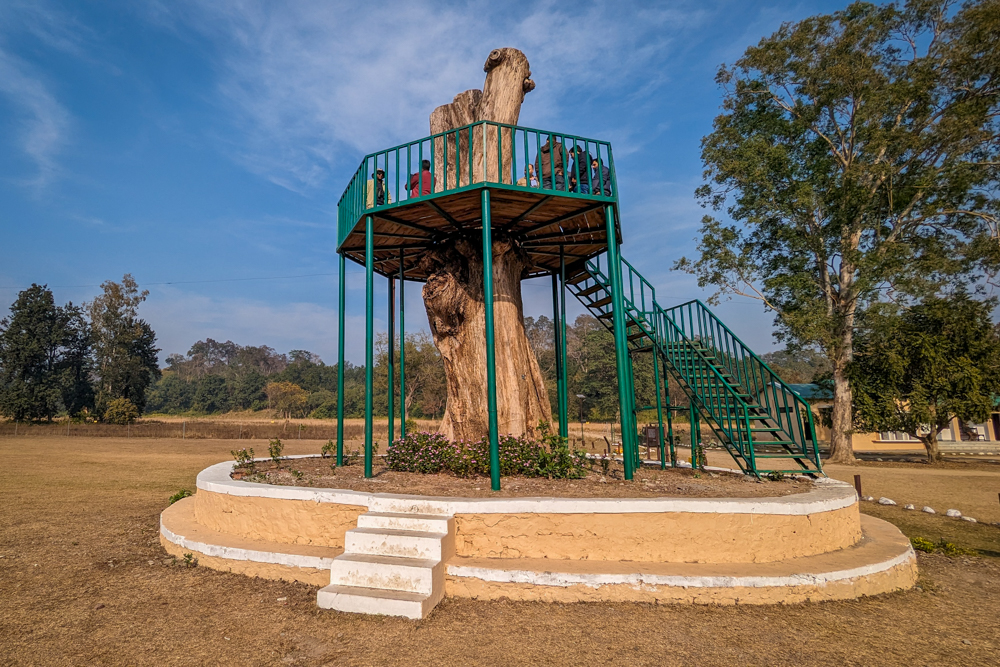
We recommend making use of the washrooms at the entrance gates just in case. There’s no nipping off into the bush!
11. Don’t leave any litter in the park
On the whole, the park is reasonably trash-free, particularly compared to other parts of India. That said, we did see some plastic bags and other bits of litter in spots away from built-up areas that could only have been dropped by visitors.
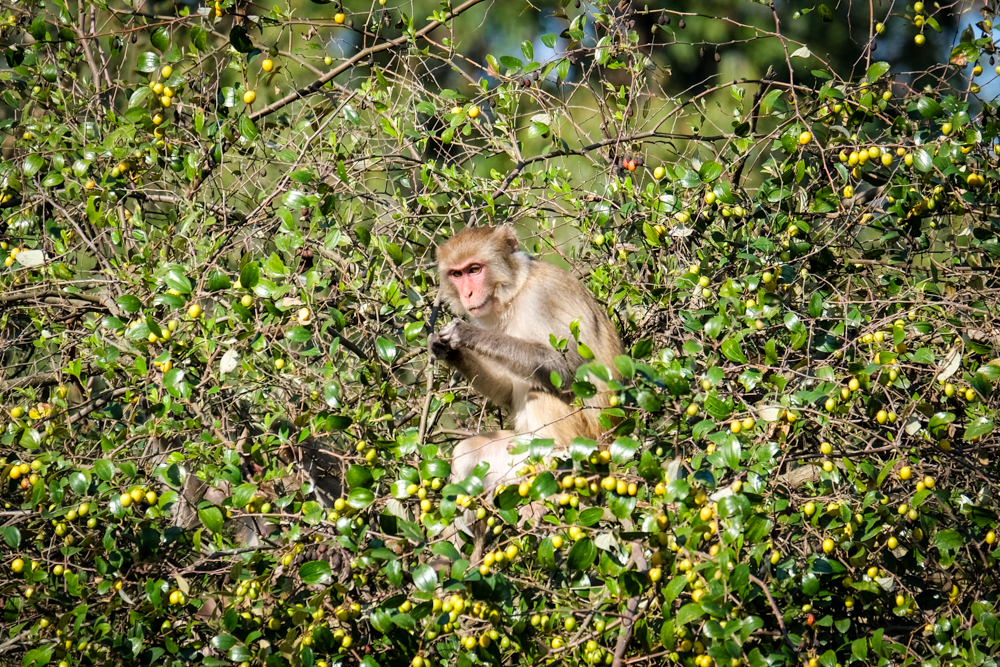
The consumption of food is prohibited so do not eat in the park. Remember that the vehicles are open-sided and open-roofed so it’s easy for litter to blow away. It’s also prohibited to leave your vehicle so there’s no chance to retrieve anything you drop. The best way to avoid dropping litter is to not take anything into the park.
12. Do try other activities
Besides game drives, Jim Corbett has other activities including hiking, rock climbing and rafting, depending on the time of year. There are cultural walks of local villages and mountain drives available. The Jim Corbett Museum, located in the former house of the hunter-cum-naturalist at Kaladhungi, is also worth a visit.
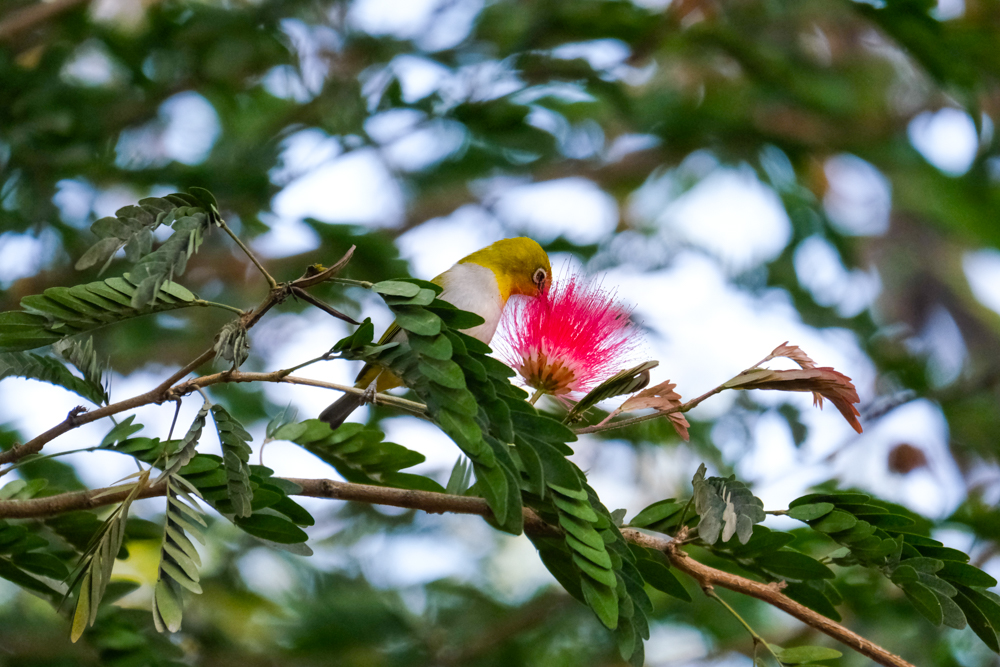
Saraca Corbett can arrange the above excursions and offers several activities within its grounds including birdwatching, nature walks, yoga and horseriding.
How to get to Jim Corbett
The nearest town to Jim Corbett National Park is around 260km from New Delhi, the capital of India. The main gateway town is Ramnagar, about 12km from the park.
There are daily overnight trains running from New Delhi to Ramnagar which take 10-11 hours each way. You can book online, but you’ll need to create an account on Indian Railways which is rather convoluted. It’s worth reading Seat 61’s guide first.
The most convenient way of reaching Jim Corbett National Park is by road from New Delhi, which takes around six hours. The best way to organise transfers and trains is in advance through your accommodation. However, if they don’t have a travel desk then we recommend using Viator but make sure you contact the booking agent to confirm your pick-up time and location well in advance.
Enjoyed this post? pin it for later…
